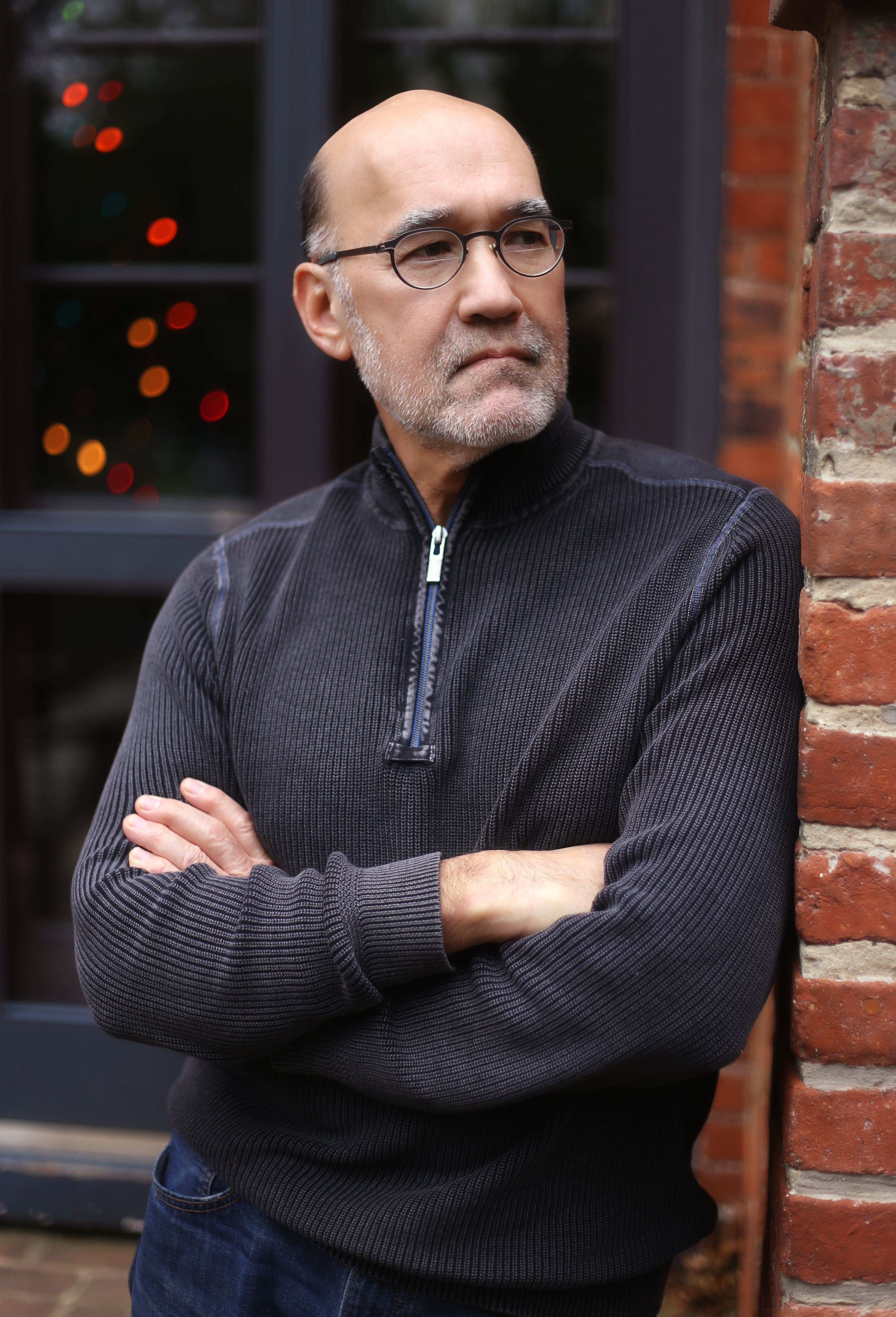Born in 1956 to a Japanese mother and an American father, the first of their five children, I grew up mostly on a small farm in rural central New York. My dad sold roofing, siding, storm windows, and general remodeling for a living, but the farm, which didn't really generate an income, was, along with his family, what he really lived for. My mom cooked, cleaned, and took care of us while dad was at work, and she dreamed of more, like so many millions of women of that era. When we were old enough to be more on our own (young by today's standards) she went to work herself, cleaning the homes of well to do suburbanites. For the locale, we weren't poor, although we sure as hell weren't affluent, either. We got by without a lot of extra. But it was a privileged childhood in so many ways. I did chores, put up hay in season with local farmers, trapped and hunted, went to an unremarkable but adequate public school. I bicycled and swam in the summer and skied in the winter, went to church on Sundays, read lots of books. And I drew.
I started drawing in earnest when I was twelve. My parents and grandparents gave me three different sized pads of Aquabee spiral bound drawing paper, a pad of charcoal paper, a handful of carbon and charcoal pencils, a box of 40 Grumbacher soft pastels, an aerosol can of Grumbacher fixative, and a few other supplies along with some art store "learn to draw" books. It became almost an obsession, and my sketchbooks became a frequent companion. Although my dad thought that I should become a surgeon because I excelled academically and had skillful hands, I chose art school. Halfway through the freshman art & design core program at RIT, I shifted my focus to industrial, and what was at the time called "environmental design". In a school of specialists, we were jacks of all trades. The best of my teachers insisted that we could do anything, that we didn't have to be limited to narrow ideas of what certain types of designers did. We were encouraged to be generalists. For years, when asked what I had gone to school for, I would list graphic, industrial, exhibit, and interior design.
In my mid thirties, I went back to school and worked towards a masters degree in architecture. Although the unplanned simultaneous arrival of the first pair of my three children cut that endeavor short, it wasn't before my passion for designing architectural form and space had become firmly rooted in theoretical knowledge and practical skills. I went to work in the luxury kitchen industry directing design for a major custom cabinet manufacturer to support my family, using principles and techniques that I had learned preparing for a career in a different world. It wasn't the first time I'd used what I knew to do a job other than what I thought I'd be doing.
The variety of my past experiences as a farm boy, art/design/architecture student, teacher, carpenter, kitchen designer, architectural draftsman, national sales rep, writer, public speaker, and product developer is enormously useful. I've worked with small and large companies, doing everything from visualizing the ideas of other designers to creating entire series of products, including hand illustrated manuals showing examples of how to use them. I have new things under development all the time, including a book which is taking forever to write and illustrate. I design and direct the execution of upscale residential projects for a select clientele, from kitchens and baths to entire homes, often in collaboration with architects and fine builders. I am fortunate to have work that I'm good at and can carry out with a fair measure of freedom.
And I've gotten back to drawing again outside of what I do as a designer. As difficult as it is to ignore the cacophony of anxieties and self doubt that would stop me from doing it, once I get started, I love to draw. It's a good discipline, gets me out of my own head, keeps my saw sharp for my income generating work, and allows me to share the way the world looks to my eyes.
 image copyright ©2016, Nora E. Stultz
image copyright ©2016, Nora E. Stultz